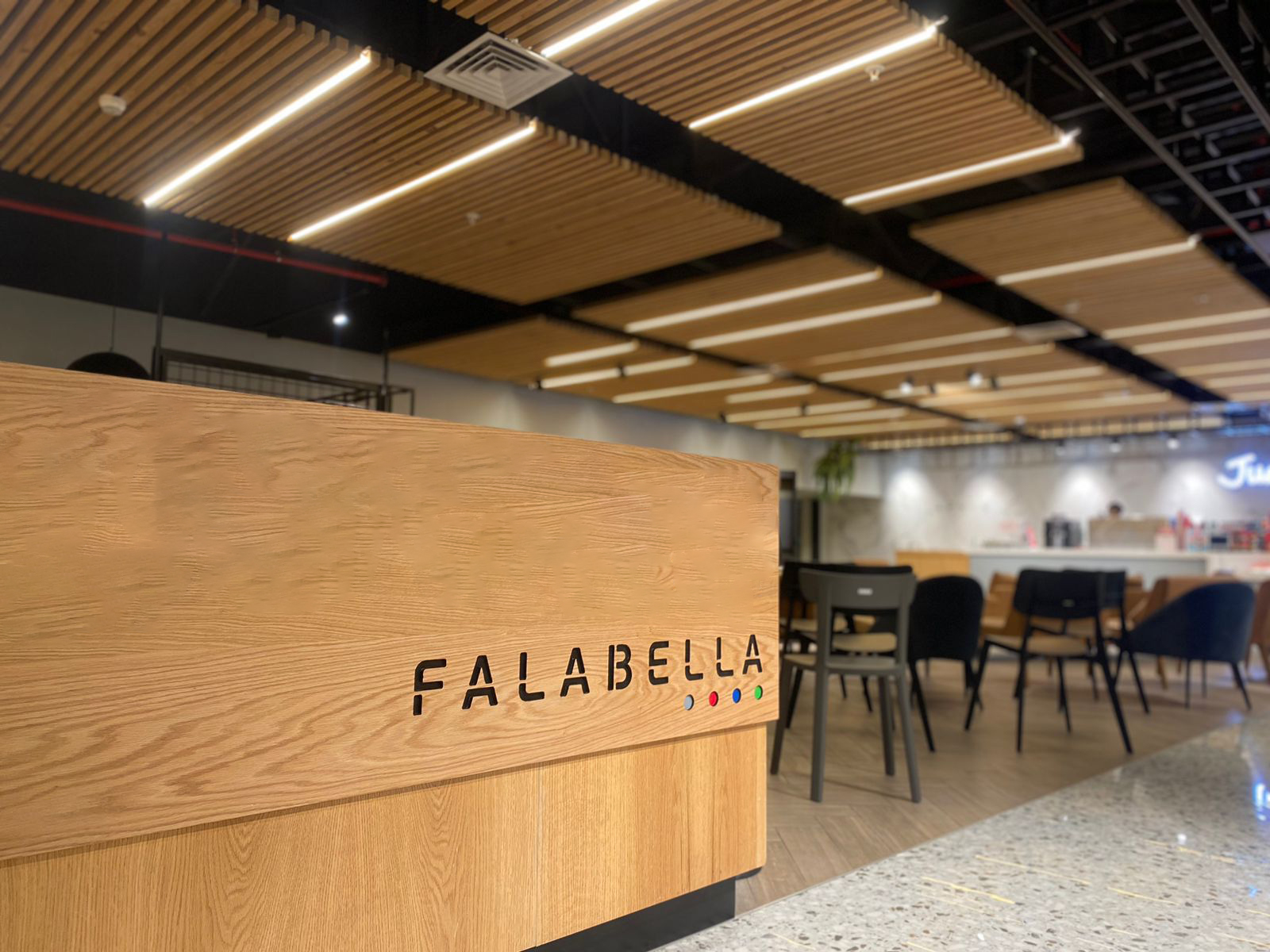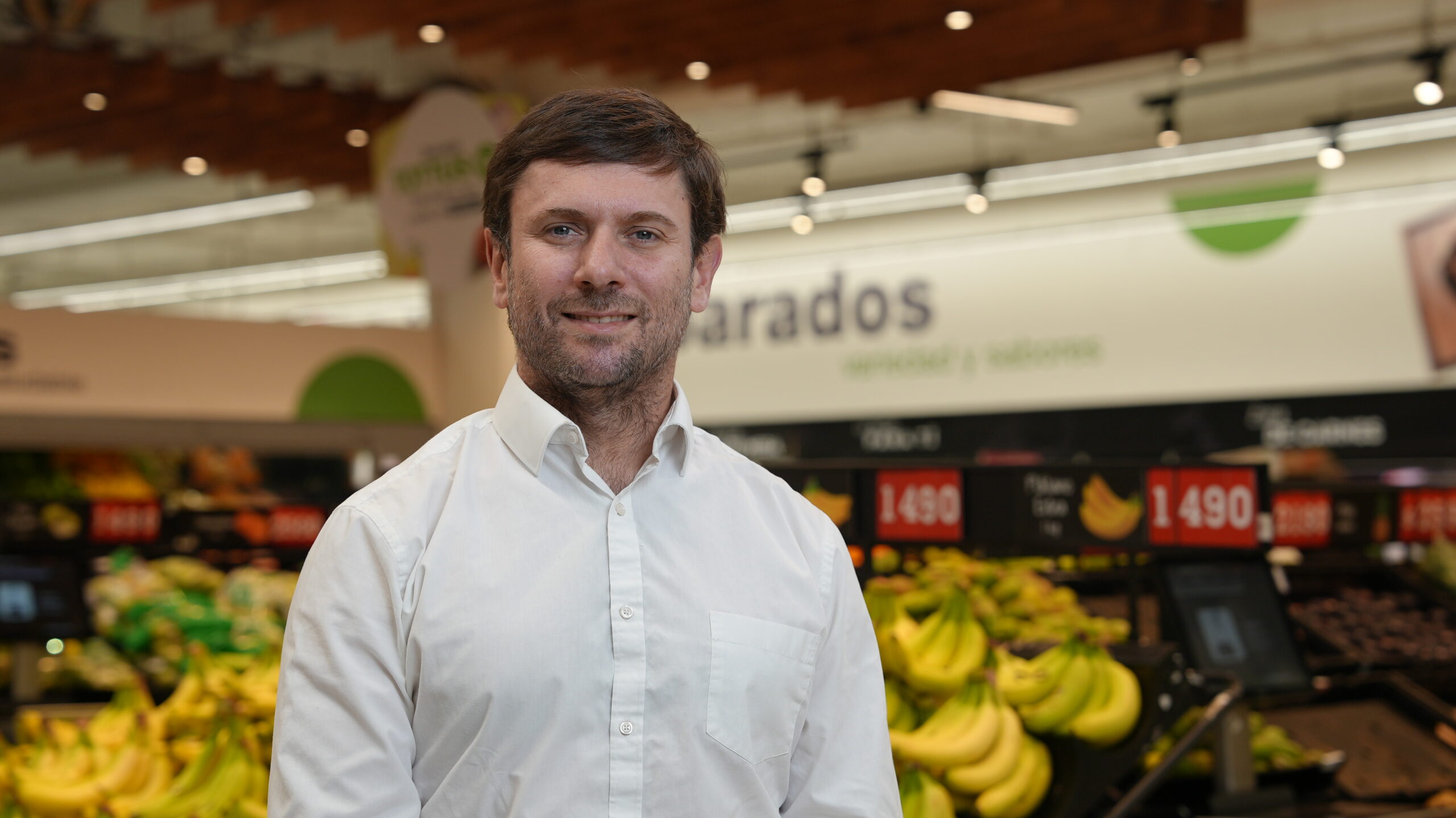
Forty-five years after the launch of the CMR card—a decisive product in its development—Banco Falabella is aiming to solidify its position in personal banking, betting on a combination of profit recovery and new expansions.
Since its inception in 1980, the CMR card has not only been an iconic credit product in Chile but also a fundamental pillar in the growth of the Falabella Group. Initially driving its expansion in retail, it later laid the foundation for a rapidly growing financial business that led to the creation of the bank bearing its name.
This year, the financial institution is celebrating 45 years of the green card’s operation, highlighting its key role in Falabella’s entry into the banking sector in 2010, challenging traditional banks and positioning itself among the industry’s top players, with the highest number of checking accounts and active cards in the country.
This is complemented by steady expansion in Peru and Colombia—through Banco Falabella and Seguros Falabella—and in Mexico via the Falabella Soriana credit card.
With 8.1 million active customers, Banco Falabella’s portfolio in Chile, Peru, and Colombia grew 10% year-over-year, reaching US$7.3 billion by Q2 2025. Credit cards and accounts rose 15%, with 759,000 new openings between January and June compared to the first half of 2024.
“It’s not just a significant volume, but also growth well above the regional market, which we interpret as a sign that customers value our offering,” said Juan Manuel Matheu, Banco Falabella’s Corporate CEO. He highlighted indicators such as a 17% year-over-year increase in credit and debit card purchases, totaling US$26.2 billion in transactions over the past 12 months.
“We came out of 2024 with strong profitability in Chile, Peru, Colombia, and Mexico. In 2025, we saw substantial improvement, along with a greater focus on growth. This year, we achieved both: reigniting growth and profitability,” he emphasized.
By the end of 2025, Matheu expects “very good levels of profit across all business units, with strong results, growth, and customer satisfaction.” However, he noted that comparisons will be more moderate in the second half of the year, as “we began seeing strong profits in H2 2024.”
“The profitability of our businesses is a result of a value proposition that is both digital and complemented by all the benefits offered by the Falabella Group and our partnerships, which resonate well with customers. That’s why our businesses are increasingly healthy,” he said.
Local Strategy
In Chile, the goal of becoming the largest personal bank is largely achieved. As of June, Banco Falabella had 4.3 million active customers using its payment methods (CMR debit and/or credit), and it became the largest issuer of credit cards with over 2.7 million—holding a 30.5% market share. It ranked second in credit card purchases (21.2% share) and third in debit card purchases (13% share). At the same time, its loan portfolio rose 13.7% to US$4.7 billion.
In checking accounts, it leads with 3 million accounts, representing a 24.9% market share as of July, making it “number one” in that segment, according to Matheu.
From this position, local operations posted profits of US$153 million in H1 2025, a 54.6% increase compared to the same period in 2024. The goal for the full year is to “maintain growth.”
Alongside initiatives like integrating the Falabella.com marketplace into the bank’s app with personalized features, the institution launched new products. One example is the CMR with Guarantee card, which expands credit access through a prepaid deposit system and aims to “make sure every Chilean can have a CMR.” Based on good payment behavior, customers can increase their credit limit.
Other innovations include a digital savings account indexed to the UF (Unidad de Fomento), expanded financing solutions for businesses and entrepreneurs selling on Falabella.com, and the ability to send remittances abroad at no cost. Optimizing the mortgage product is also a priority. “We constantly listen to, analyze, and understand our customers, and based on that, we try to complement the offering to meet their needs,” he said.
Beyond product innovation, Banco Falabella’s more expansive trajectory compared to the rest of the industry has been driven by its digital transformation strategy, which is expected to make a strong contribution in 2026. “We expect this to be the year we truly begin to capitalize on all the work we’ve done in generative AI and personalization, especially in the area of benefits,” he anticipated.
Regional Progress
In Peru—where Falabella entered in the 1990s via CMR—Banco Falabella now has 1.7 million customers and quadrupled its profits in H1 2025 to US$27.9 million.
A similar trend was seen in Colombia, where profits reached US$16.2 million by June, compared to losses of around US$5 million in the same period of 2024.
From this base, the executive expects “accelerated growth in placements in both markets during the second half of the year compared to the first.”
With a loan portfolio of around US$350 million—growing 30% to 35% in recent years—the Mexico operation, in partnership with supermarket chain Soriana, is currently focused on credit cards. In 2025, it added digital consumer loans. Profits reached US$13.9 million by June, tripling the amount from the same period last year—a trend the bank expects to continue throughout 2025.
The major leap in the financial business in Mexico is planned for next year, pending authorization to offer “accounts and debit products, complemented by insurance and other services.” This will begin once the bank receives approval to convert its subsidiary into a Sociedad Financiera Popular (Sofipo)—a non-bank entity that can accept deposits and issue loans to the public. “We’re applying for the license to transform our company into a Sofipo, and we’re preparing in terms of systems, management structure, and corporate governance—doing everything necessary to obtain approval by mid-2026,” Matheu said.


